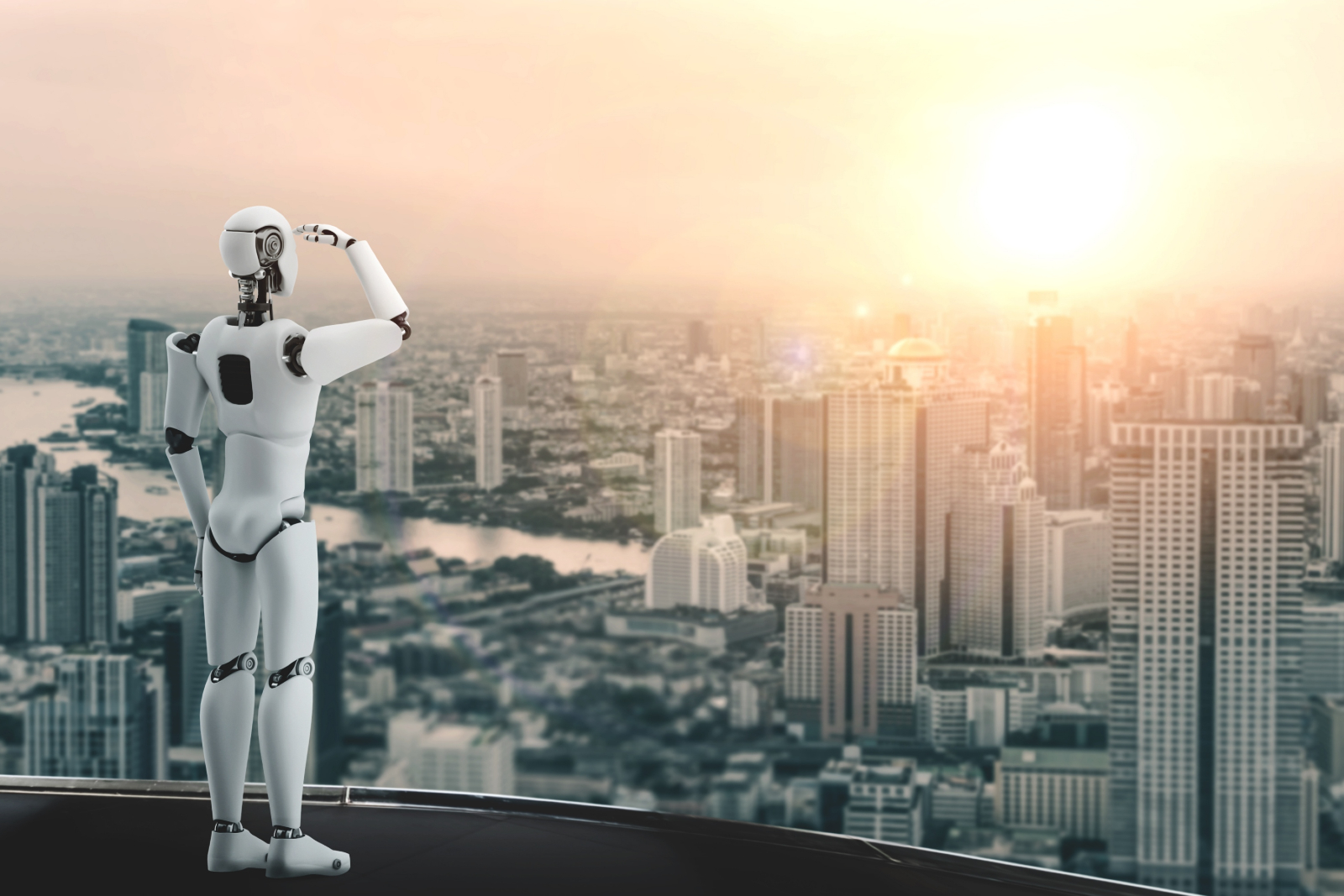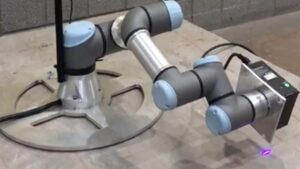
We’re living in a time when many of our roads, bridges and buildings are getting old and showing signs of wear. It’s like they’re all getting sick at the same time, making it impossible for inspectors to keep up with the job of checking out every crack, creak or crumble. This is a big problem, because if problems are not caught early, they can deteriorate and even lead to dangerous failures.
Here’s where some clever minds at Drexel University in the US come in. Read this week’s blog to find out more about how they’ve developed a system that uses robots and artificial intelligence (AI) to help with the inspections.
How does it work?

Imagine a robot equipped with a special camera that can see tiny details as it examines a structure, somewhat like a doctor examining a patient. This camera sends information to a computer program that’s been trained to recognise signs of damage, just like a doctor who can spot the signs of illness.
Once the AI identifies a potential problem area, the robot uses a laser scanner to create a 3D model of the damage, like taking an X-ray but providing even more detail. This model then helps inspectors understand how big the problem is and how it’s changed over time.
While human inspectors would still make the final call on when and how to repair the damages, this technology offers several advantages:
- It’s faster and more efficient than traditional inspection methods. Robots can work tirelessly and don’t get tired or need breaks.
- It’s more accurate. AI can detect even the smallest cracks that a human inspector might overlook.
- It’s safer. Robots can be sent into dangerous areas of structure to inspect them, keeping human workers out of harm’s way.
The researchers also have been putting this technology through testing phases and have plans to integrate this further into the built environment sector.
Ali Ghadimzadeh Alamdari, a research assistant at Drexel said:
“Moving forward, we aim to integrate this work with an unmanned ground vehicle, enhancing the system’s ability to autonomously detect, analyse, and monitor cracks. The goal is to create a more comprehensive, intelligent and efficient system for maintaining structural integrity across various types of infrastructure. Additionally, real-world testing and collaboration with industry and regulatory bodies will be critical for practical application and continuous improvement of the technology.”
The future looks bright
As our population grows and our existing structured continue to age, finding solutions that overcome human limitations is essential.
Although this innovative technology is still under development, it holds great promise for the future of infrastructure inspection. By combining the strengths of AI and robotics with human decision-making, we can create a more efficient, accurate and safer way to keep our roads, bridges, and buildings healthy for generations to come.
05.03.2024
Feature image: Freepik








